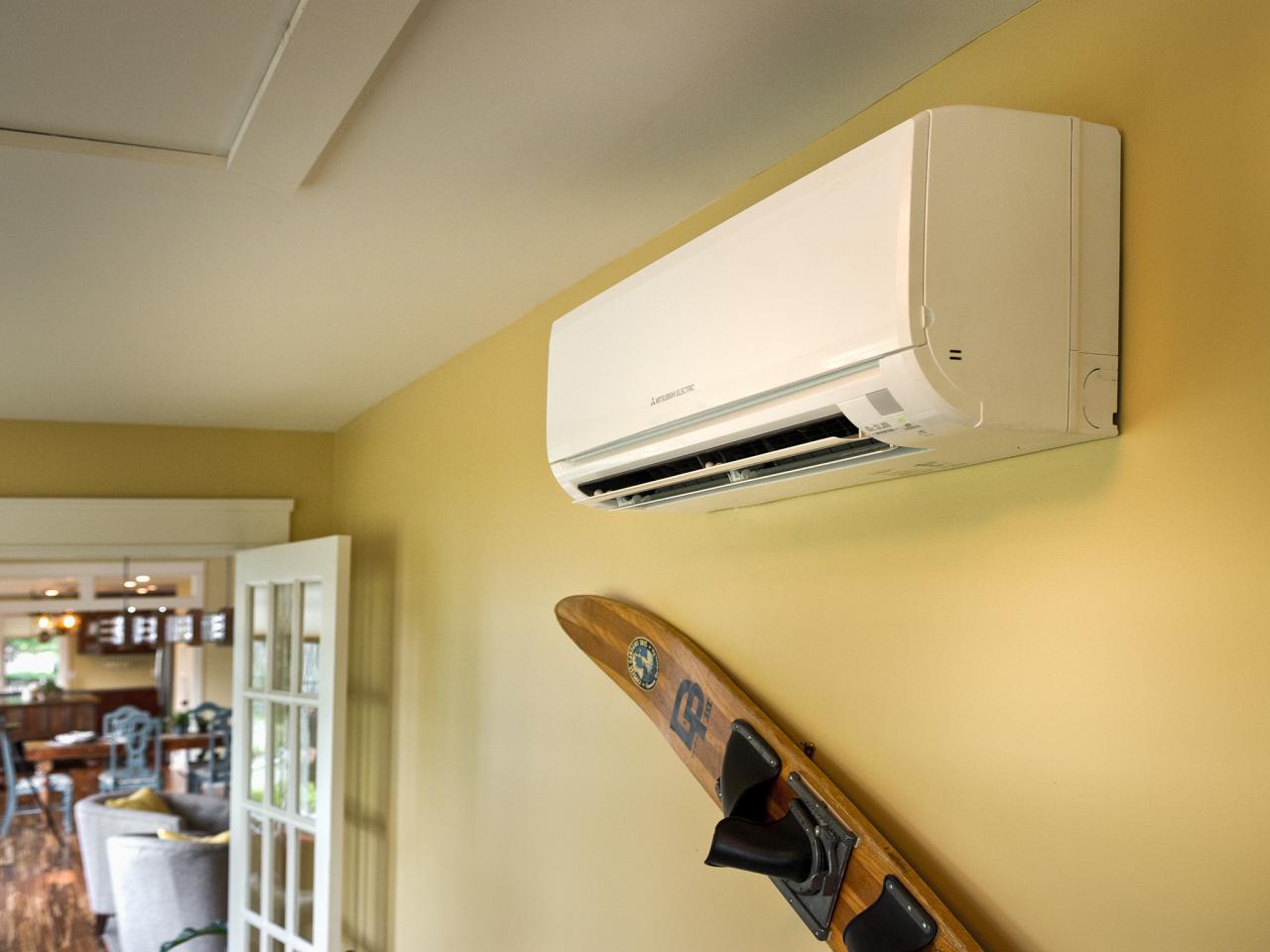

Articles
Where Is The AC
Modified: January 19, 2024
Discover helpful articles on where to find the best AC systems and installation services. Stay cool and comfortable with our expert tips and recommendations.
(Many of the links in this article redirect to a specific reviewed product. Your purchase of these products through affiliate links helps to generate commission for Storables.com, at no extra cost. Learn more)
Introduction
When the scorching heat of summer arrives, finding relief in the form of air conditioning becomes a top priority for many individuals. The mighty AC unit has become an essential part of modern life, ensuring indoor comfort even in the hottest of temperatures. But have you ever wondered where exactly your trusty AC unit is hiding? In this article, we will explore the common places where you can find your AC and shed some light on the importance of its location.
Understanding the location of your AC unit is vital for several reasons. Firstly, it allows you to perform routine maintenance and cleaning to ensure proper functionality. Secondly, knowledge of its placement can help troubleshoot any issues that may arise. Lastly, knowing where your AC is positioned can impact energy efficiency and the overall effectiveness of cooling your space.
So, where exactly should you start your search for this cooling powerhouse? Let’s explore some common places where the AC unit is typically found.
Key Takeaways:
- Understanding the location of your AC unit is crucial for maintenance, troubleshooting, and energy efficiency. Whether it’s in a closet, attic, or backyard, knowing where to find it ensures optimal cooling performance and functionality.
- Potential issues such as restricted airflow, exposure to direct sunlight, and poor drainage can impact your AC unit’s efficiency. Consulting a professional HVAC technician can help address these concerns and maximize cooling performance.
Read more: Where Is AC Filter
Understanding the Importance of AC
The air conditioning system plays a vital role in creating a comfortable and pleasant indoor environment, especially during the sweltering summer months. It not only helps to regulate the temperature but also aids in maintaining proper humidity levels and improving air quality.
One of the primary benefits of AC is its ability to keep you cool and prevent heat-related health issues. High temperatures can cause dehydration, heat exhaustion, and even heatstroke, particularly for vulnerable individuals such as the elderly, young children, or those with underlying medical conditions. By providing a cool and refreshing atmosphere, AC minimizes the risk of such heat-related ailments.
In addition to its role in cooling, air conditioning also helps to reduce humidity. Excessive humidity can lead to discomfort, mold growth, and damage to furniture and other household items. AC units have built-in dehumidifying features that remove moisture from the air, creating a more pleasant and healthier living environment.
Another advantage of air conditioning is its ability to filter and purify the air. Modern AC units are equipped with filters that trap dust, pollen, and other airborne contaminants. This is particularly beneficial for those with allergies or respiratory conditions, as it helps to improve air quality and reduce the presence of potential irritants.
Moreover, air conditioning can contribute to better sleep quality. A cool and comfortable sleeping environment promotes sleep by regulating body temperature and reducing disturbances caused by excessive heat or humidity. Restful sleep is essential for overall health and well-being.
Furthermore, studies have shown that air conditioning can increase productivity and cognitive function. When the temperature becomes uncomfortably hot, it can lead to decreased focus, reduced cognitive abilities, and decreased productivity. By creating a cool and comfortable workspace, AC helps to maintain optimal conditions for concentration and efficiency.
Overall, the importance of AC in our daily lives cannot be overstated. It not only provides relief from the scorching heat but also contributes to our well-being, health, and overall comfort. Understanding the role and benefits of air conditioning allows us to appreciate the value it brings and take necessary measures to ensure its proper functioning.
Common Places to Find AC
When it comes to locating your AC unit, there are a few common places where it is typically found. Let’s explore these areas:
- Window Units: One of the most common types of AC units in residential settings is the window unit. These compact units are designed to fit into a window frame, with the cooling mechanism housed on the outside while the air vents into the room. This type of AC is easy to install and is often found in bedrooms, living rooms, or small office spaces.
- Through-the-Wall Units: Similar to window units, through-the-wall units are designed for permanent installation. They are typically found mounted on an exterior wall, either in a small opening or a specially designed sleeve. These units require professional installation and are commonly used in rental properties, offices, or spaces where window installation is not feasible.
- Ducted Central AC: In larger homes or commercial buildings, a central air conditioning system is often employed. These systems consist of a cooling unit located outside the building and a network of air ducts that distribute cool air throughout the space. The air vents or registers can be found in various rooms or areas, while the main unit is usually positioned near the foundation, on the roof, or in a dedicated equipment room.
- Split AC Units: Split AC units, as the name implies, consist of two components: an indoor unit and an outdoor unit. The indoor unit is typically mounted on a wall or ceiling in the desired area, while the outdoor unit is placed outside the building. This type of AC is commonly found in homes, apartments, and offices, as it offers flexibility in terms of installation and zoning.
- Rooftop Units: In commercial buildings or larger residential structures, you may find AC units positioned on the roof. These rooftop units are designed to withstand the elements and cater to a larger cooling capacity. They offer ease of access for maintenance and are commonly found in office buildings, shopping centers, or industrial facilities.
It’s important to note that the specific location of your AC unit may vary depending on factors such as the type of property, architectural design, and accessibility. Consulting the user manual or seeking professional advice can help you identify the exact placement of your AC unit.
Checking Inside the House
When searching for your AC unit inside the house, there are a few key areas to check. Let’s explore these areas:
- Closets: Many houses have a dedicated space or closet where the AC unit is installed. This is especially common for central air conditioning systems. Check any closets or utility rooms where you have observed vents or registers.
- Attics and Basements: In some homes, especially older ones, the AC unit may be located in the attic or basement. These areas provide ample space for installation and are often chosen for central air conditioning systems.
- Garages: In certain cases, particularly for window units or through-the-wall units, the AC unit may be installed in the garage. This is often the case for homes that do not have a designated utility room or closet for housing the cooling unit.
- Ceilings or Walls: If you have a split AC unit, the indoor component may be mounted on a wall or ceiling. Common locations include living rooms, bedrooms, or even hallways. Inspect these areas to see if the AC unit is installed discreetly and blends with the interior design.
While searching for the AC unit inside the house, it’s important to listen for any sounds coming from the vents or registers. The hum of the unit or the air blowing out can help guide you to its location.
Additionally, if you have a central air conditioning system, you may need to locate the main control panel or thermostat. This is typically found in a central area of the house, such as a hallway or living room, and is used to adjust the temperature settings for the entire space.
If you are unable to find the AC unit inside the house, it’s recommended to refer to the user manual or contact a professional HVAC technician who can assist you in locating the unit.
Check the thermostat to see if the AC is set to the right temperature. Also, make sure the circuit breaker for the AC unit is not tripped.
Checking Outside the House
When it comes to finding your AC unit, checking outside the house is equally important. Here are the key areas to inspect:
- Backyard or Side Yard: The most common location for AC units is the backyard or side yard of residential properties. Look for a large metal or plastic box with vents on the sides. This is the outdoor unit that houses the compressor and condenser components of the air conditioning system.
- Roof: In some cases, especially for commercial buildings or apartment complexes, the AC units may be installed on the roof. These rooftop units are typically larger and provide cooling to multiple sections or floors of the building.
- Wall Mounts: If you have a split AC system, the outdoor unit may be mounted on an exterior wall of the building. Look for a rectangular or square-shaped unit with vents and a fan.
- Plumbing Access Points: AC units require a proper drainage system to remove excess moisture. Check near plumbing access points, such as floor drains or pipes, as they are often connected to the AC unit’s condensate drain.
When inspecting the outdoor unit, keep in mind that it should be surrounded by sufficient space for proper airflow. Make sure there are no obstructions, such as bushes or debris, blocking the unit. Adequate airflow is essential for optimum performance and energy efficiency of the AC system.
While checking outside, also pay attention to any unusual smells, sounds, or visible signs of damage on the AC unit. If you notice anything concerning, it’s recommended to contact a professional HVAC technician for further inspection and repairs.
Remember, if you are still unable to locate the AC unit outside, refer to the user manual or consult with a professional to ensure its proper identification and location.
Read more: Where Is AC Drain Pan
Possible Issues with AC Location
The location of your AC unit can have a significant impact on its performance and efficiency. Here are some potential issues that may arise with the AC unit’s location:
- Restricted Airflow: If the AC unit is placed in a tight or enclosed space, it may experience restricted airflow. This can lead to reduced cooling capacity and potentially cause the unit to work harder, resulting in increased energy consumption and higher utility bills.
- Obstructed Vents: Objects such as furniture or drapes obstructing the air vents inside the house can impede proper airflow and disrupt the cooling process. Ensure that vents are free from any obstructions to maximize the efficiency of your AC unit.
- Exposure to Direct Sunlight: If the outdoor unit of your AC system is exposed to direct sunlight for prolonged periods, it can lead to overheating. This can hamper the unit’s performance and efficiency. Consider shading the unit or installing a cover to protect it from excessive sunlight.
- Proximity to Heat Sources: Placing the AC unit near heat-generating sources like electrical appliances, hot water heaters, or exhaust vents can interfere with its efficiency. The unit may need to work harder to cool the area, resulting in increased energy consumption and potential damage to the unit.
- Poor Drainage: Inadequate drainage can lead to water accumulation around the AC unit. This can cause damage to the unit and surrounding structures, as well as promote the growth of mold or mildew. Ensure proper drainage is in place to prevent such issues.
- Noise Concerns: If the AC unit is installed near living areas or bedrooms, noise can be a significant concern. Ensure proper placement of the unit to minimize noise disruption and maintain a peaceful environment.
- Accessibility for Maintenance: The location of the AC unit should allow for easy access during routine maintenance tasks, such as cleaning or filter replacement. If the unit is difficult to reach, it may result in neglected maintenance, leading to reduced performance and potential breakdowns.
It is important to consider these potential issues when determining the location of your AC unit. Consulting with a professional HVAC technician can help ensure that your AC unit is placed in an optimal location to maximize its performance, efficiency, and longevity.
Conclusion
Finding and understanding the location of your AC unit is essential for optimal cooling performance and functionality. Whether you have a window unit, through-the-wall unit, central AC system, or split unit, knowing where to find it can help with maintenance, troubleshooting, and maximizing energy efficiency.
Inside the house, common places to locate your AC unit include closets, attics, basements, and garages. In some cases, the unit may be mounted on walls or ceilings for split AC systems. Checking these areas and listening for the sound of airflow can guide you to its location.
Outside the house, AC units are typically found in the backyard or side yard for residential properties, while larger buildings may have rooftop units. Wall mounts are common for split units, and plumbing access points can indicate the location of the condensate drain.
However, it’s important to be mindful of potential issues that can arise with the AC unit’s location. Restricted airflow, obstructions, exposure to direct sunlight or heat sources, poor drainage, noise concerns, and accessibility for maintenance are all factors to consider. Ensuring proper placement and addressing these issues can lead to improved cooling performance, energy efficiency, and overall comfort.
If you are unsure about the location of your AC unit or encounter any problems, it’s best to consult the user manual or seek advice from a professional HVAC technician. They can help identify the exact placement and address any concerns or maintenance needs.
By understanding where your AC unit is located and considering its surroundings, you can ensure optimum performance, extend the lifespan of the unit, and enjoy cool and comfortable indoor spaces even during the hottest days of summer.
Frequently Asked Questions about Where Is The AC
Was this page helpful?
At Storables.com, we guarantee accurate and reliable information. Our content, validated by Expert Board Contributors, is crafted following stringent Editorial Policies. We're committed to providing you with well-researched, expert-backed insights for all your informational needs.
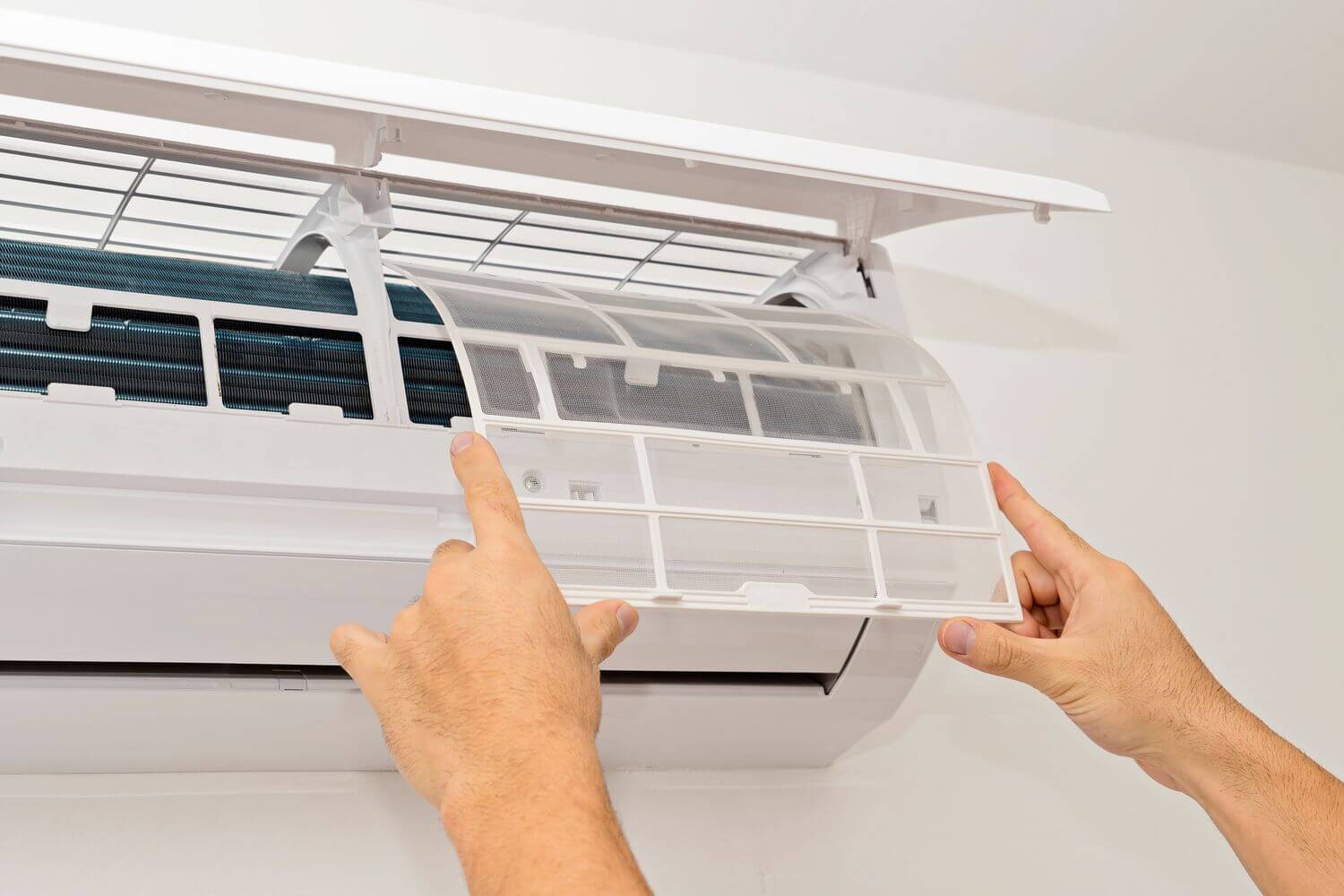
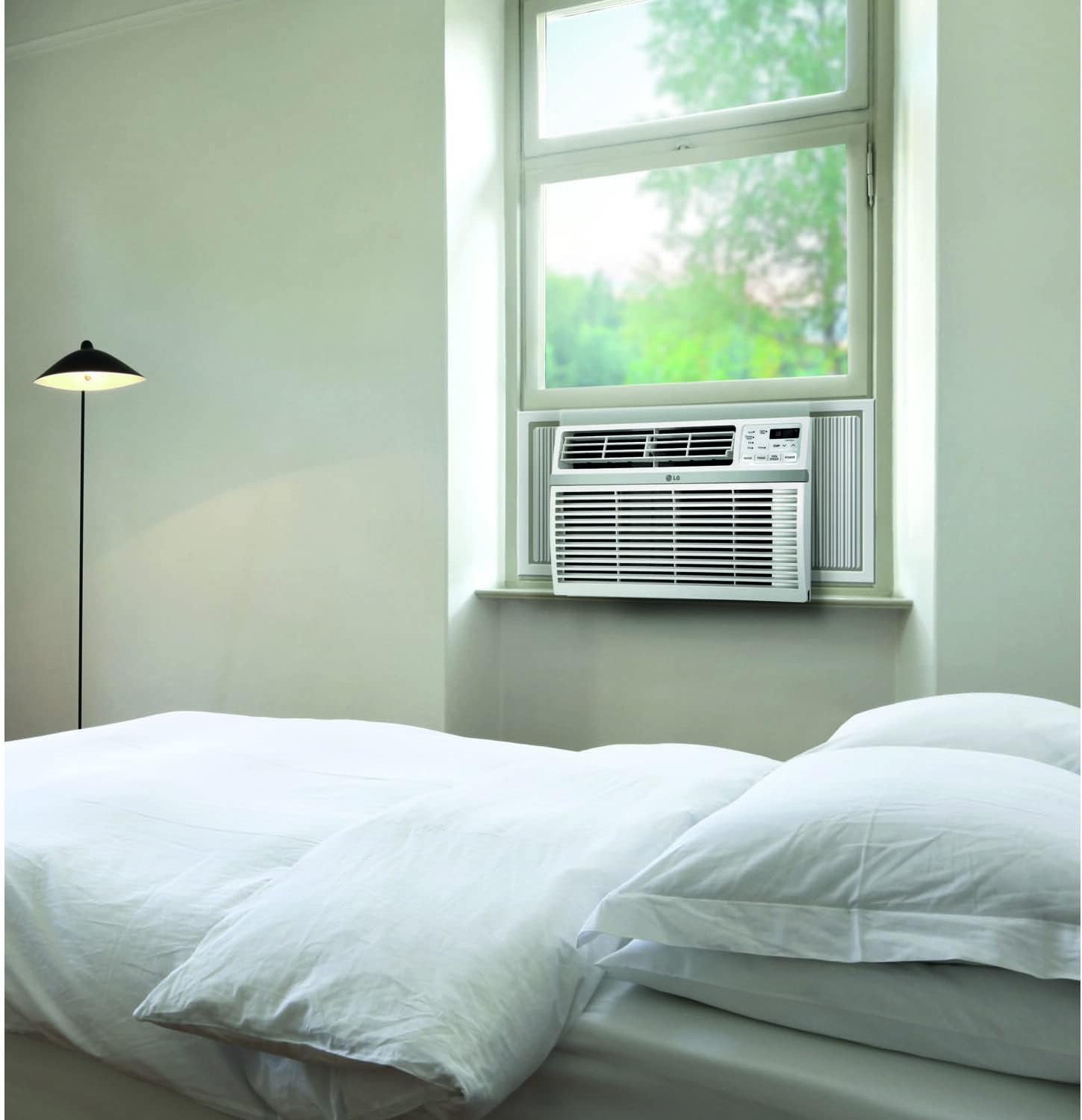
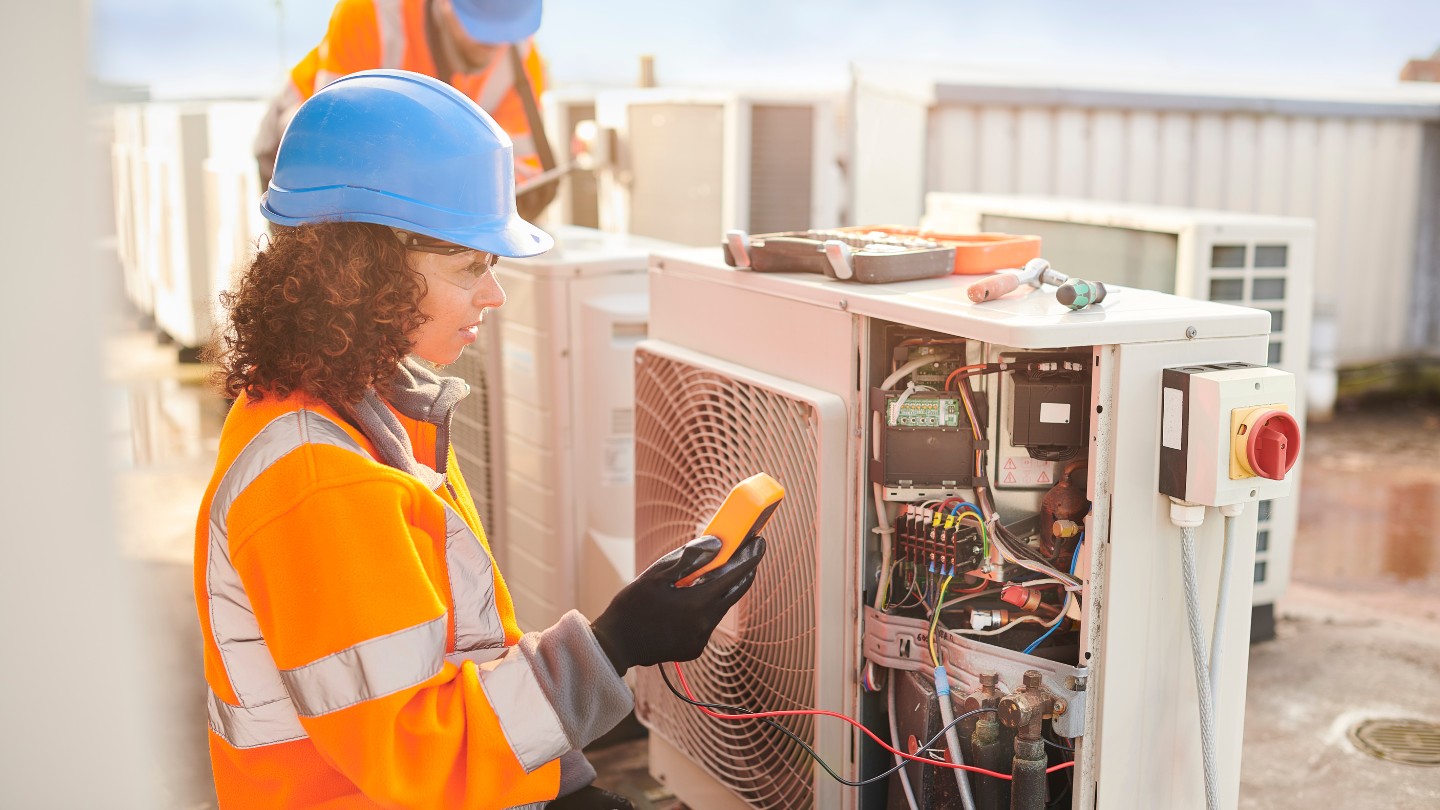
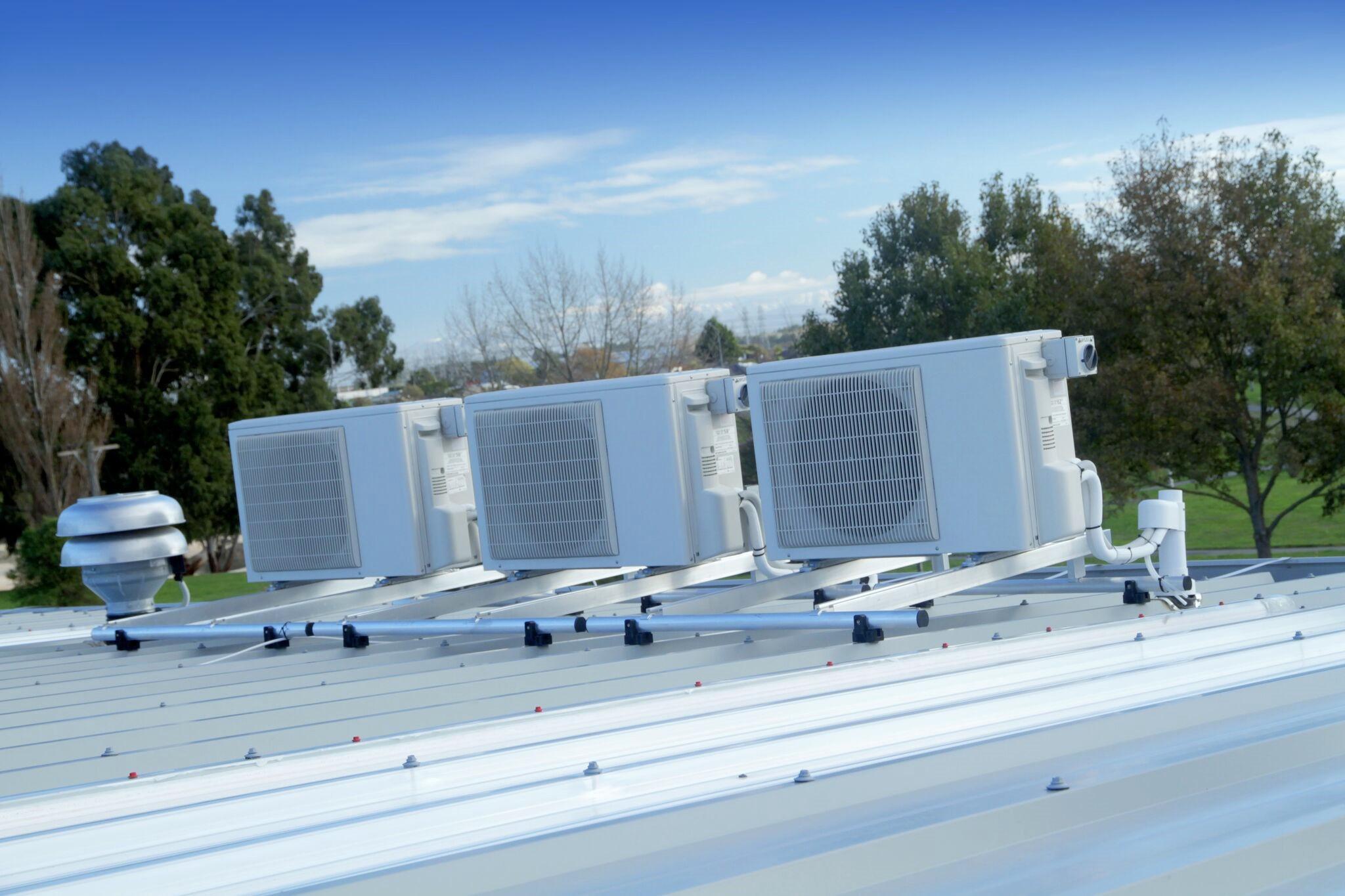
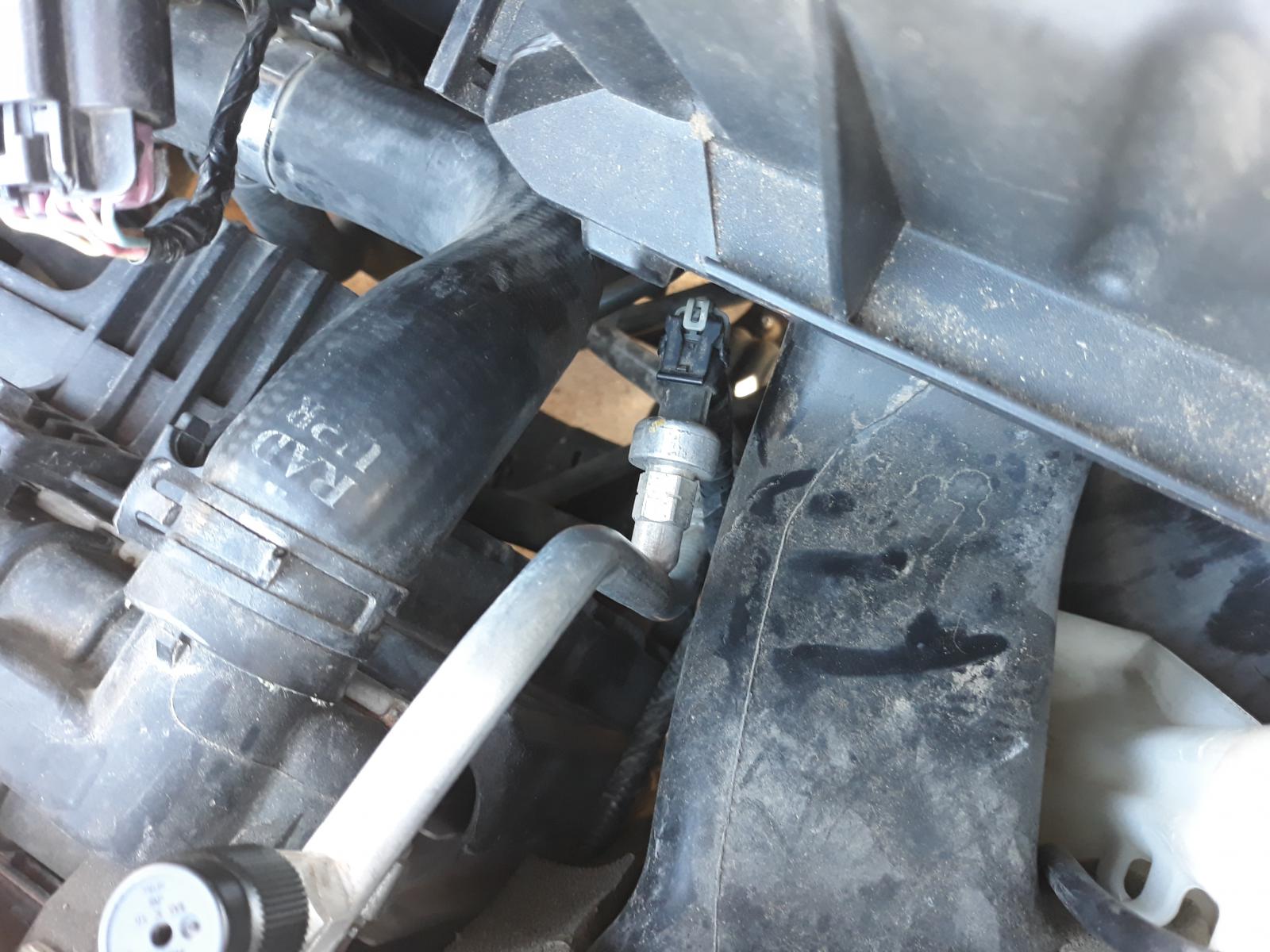
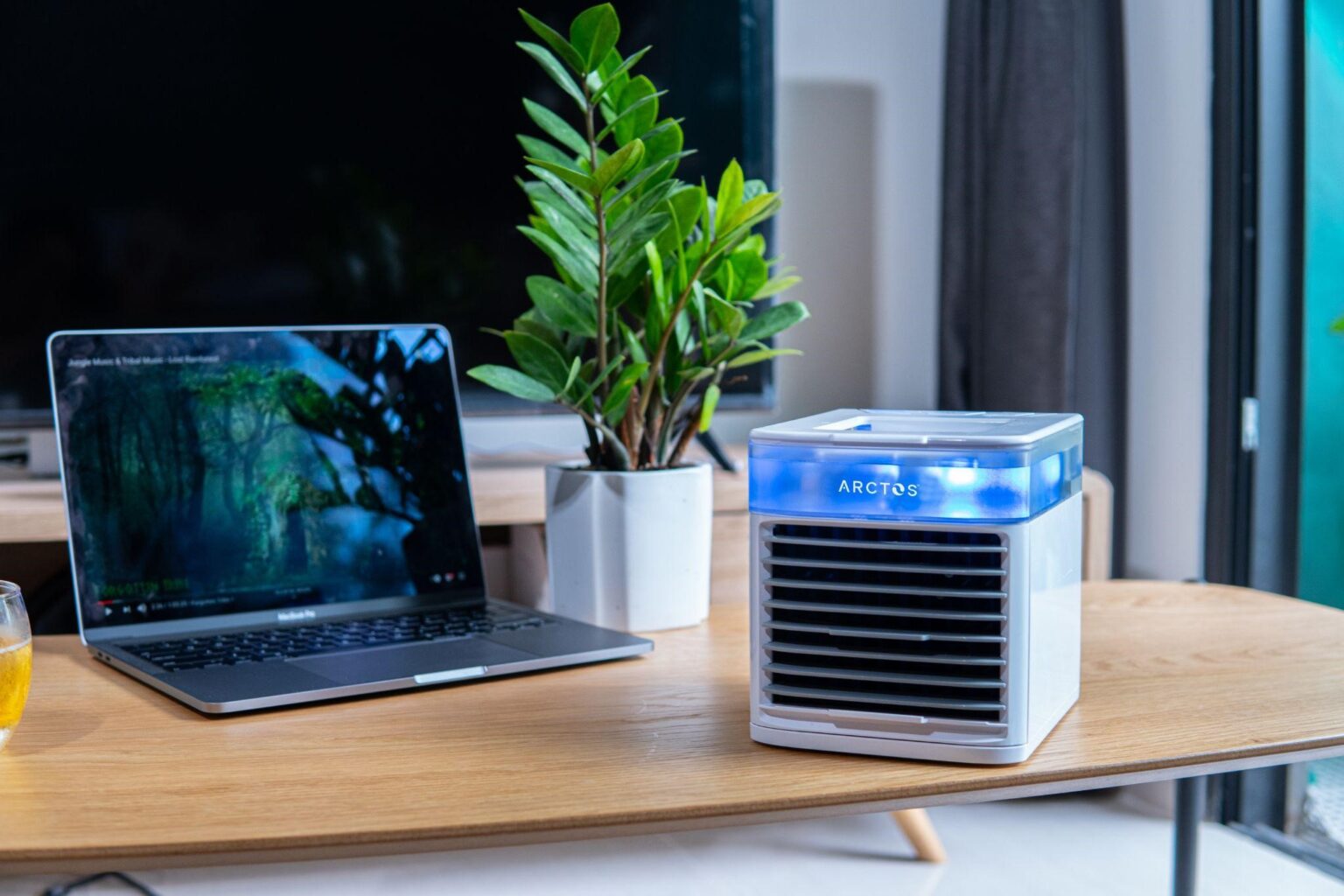
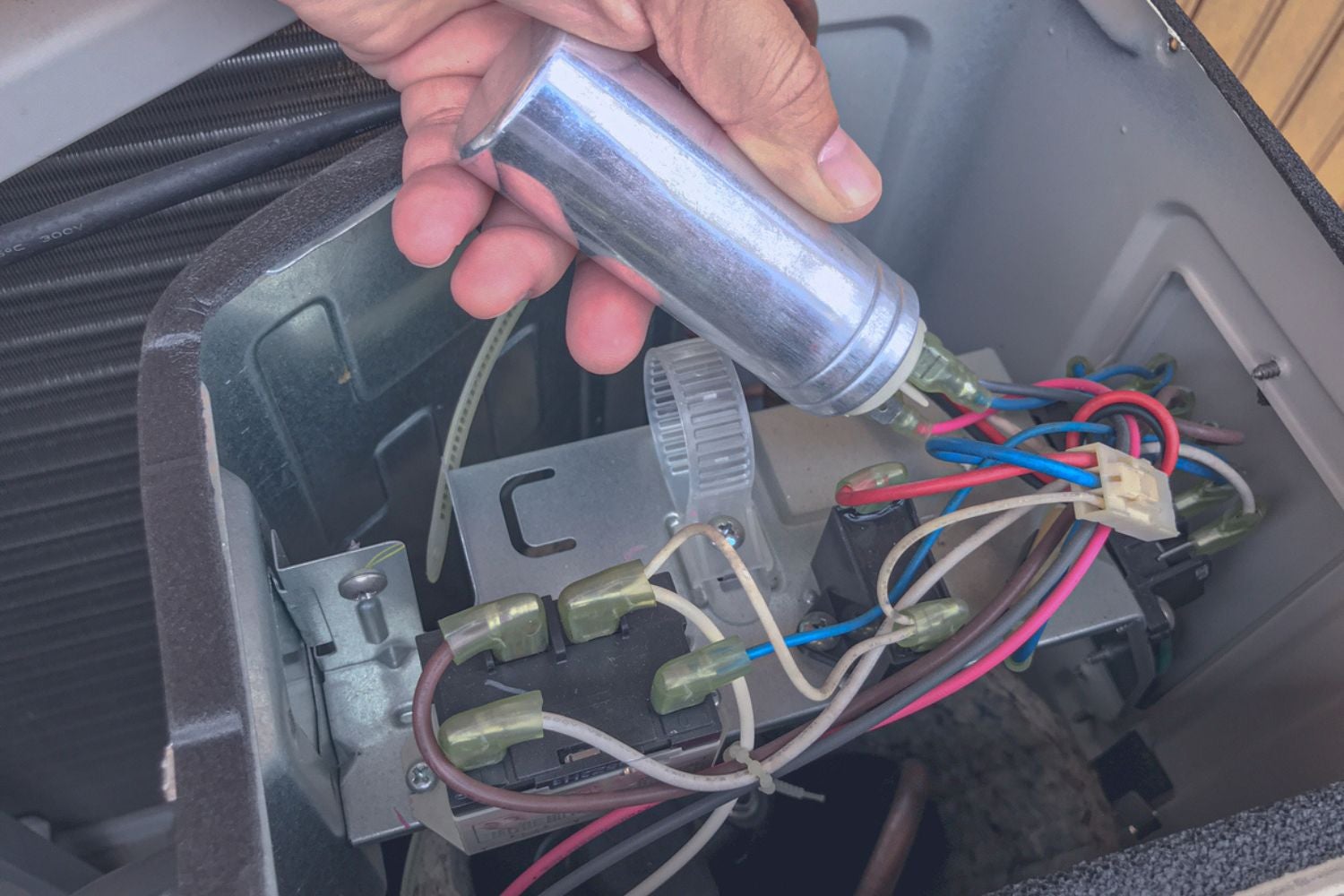
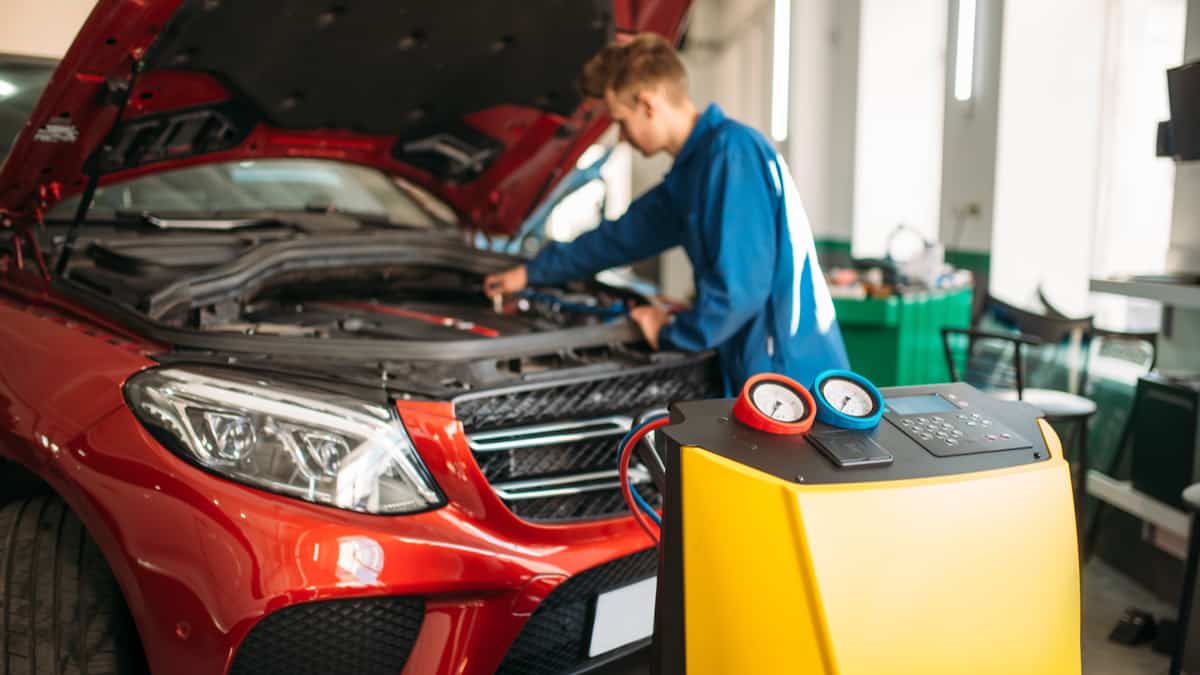
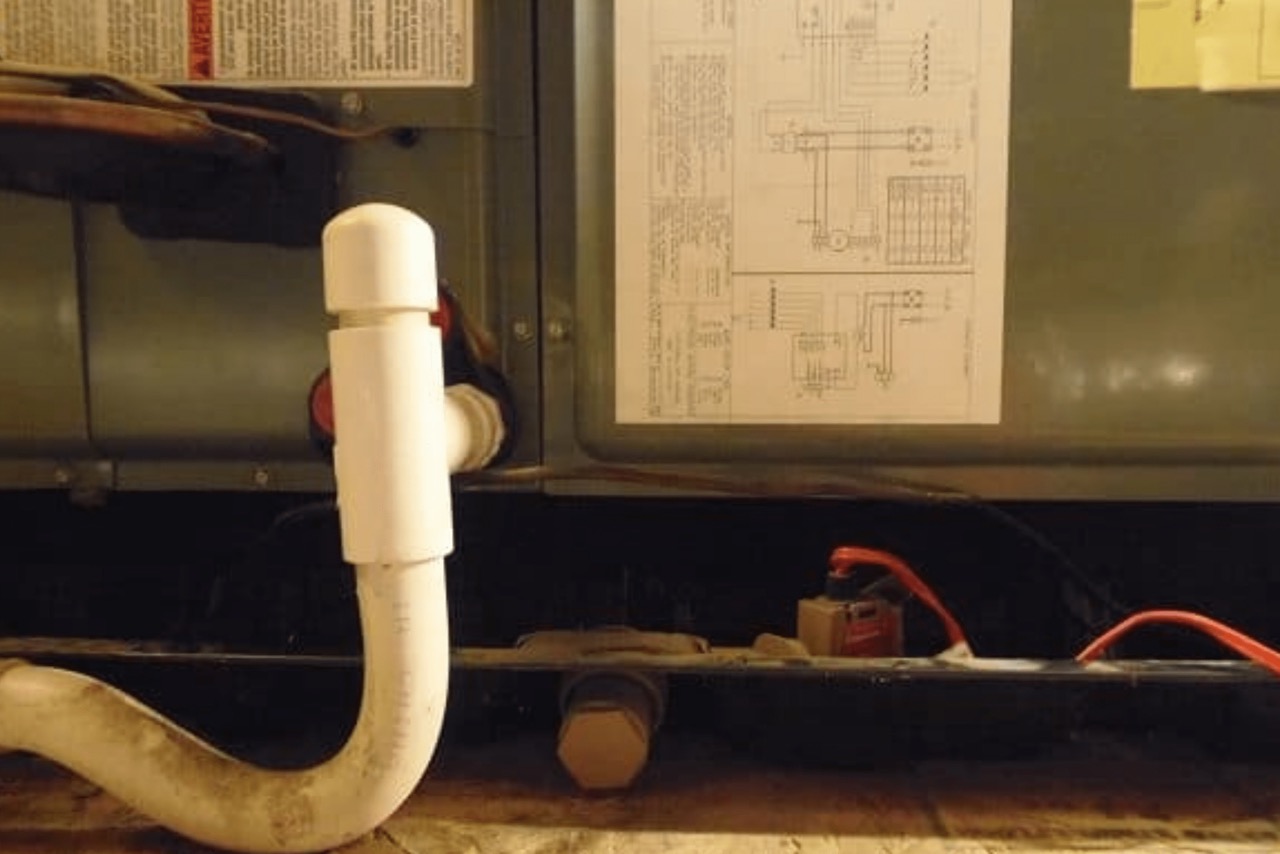
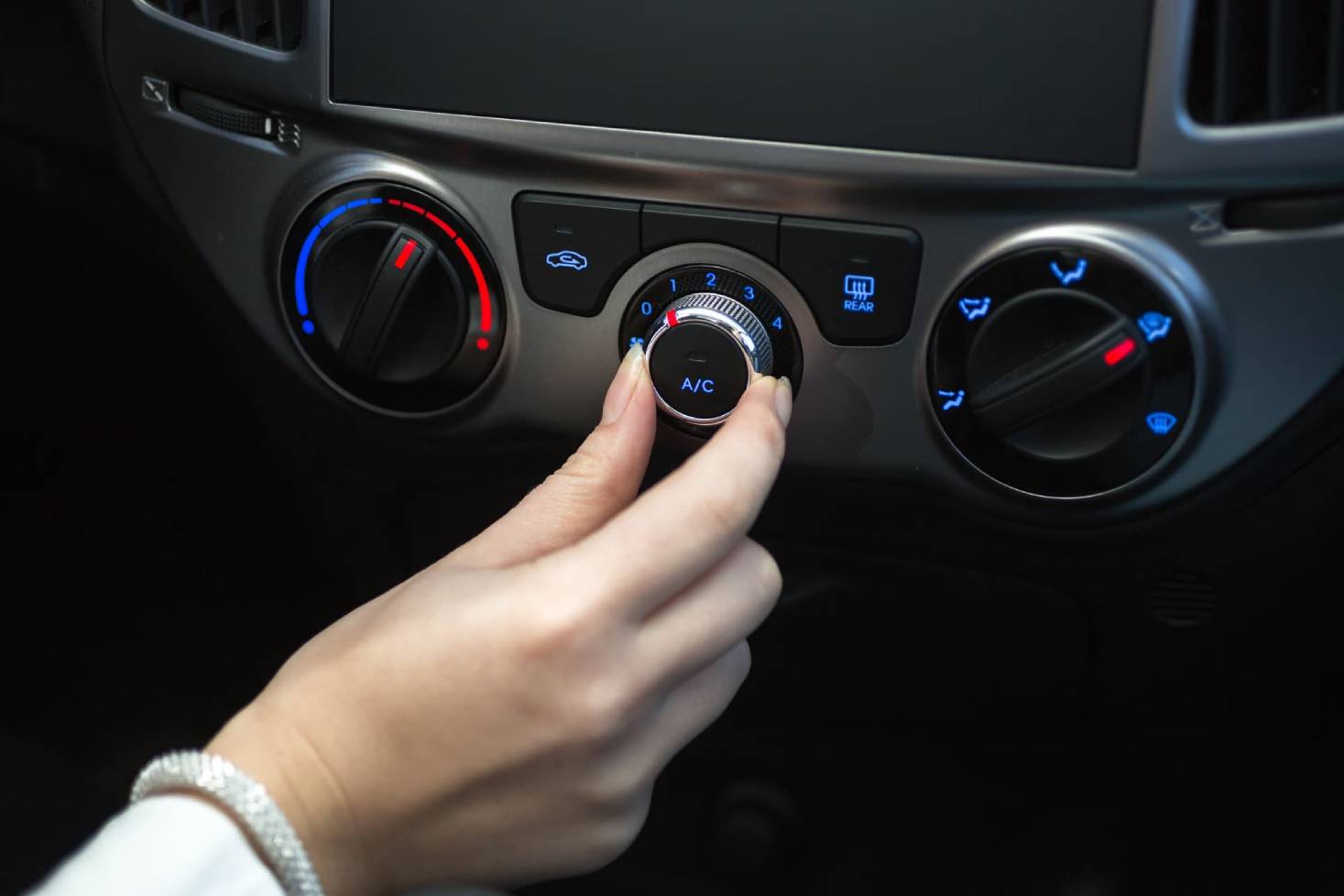
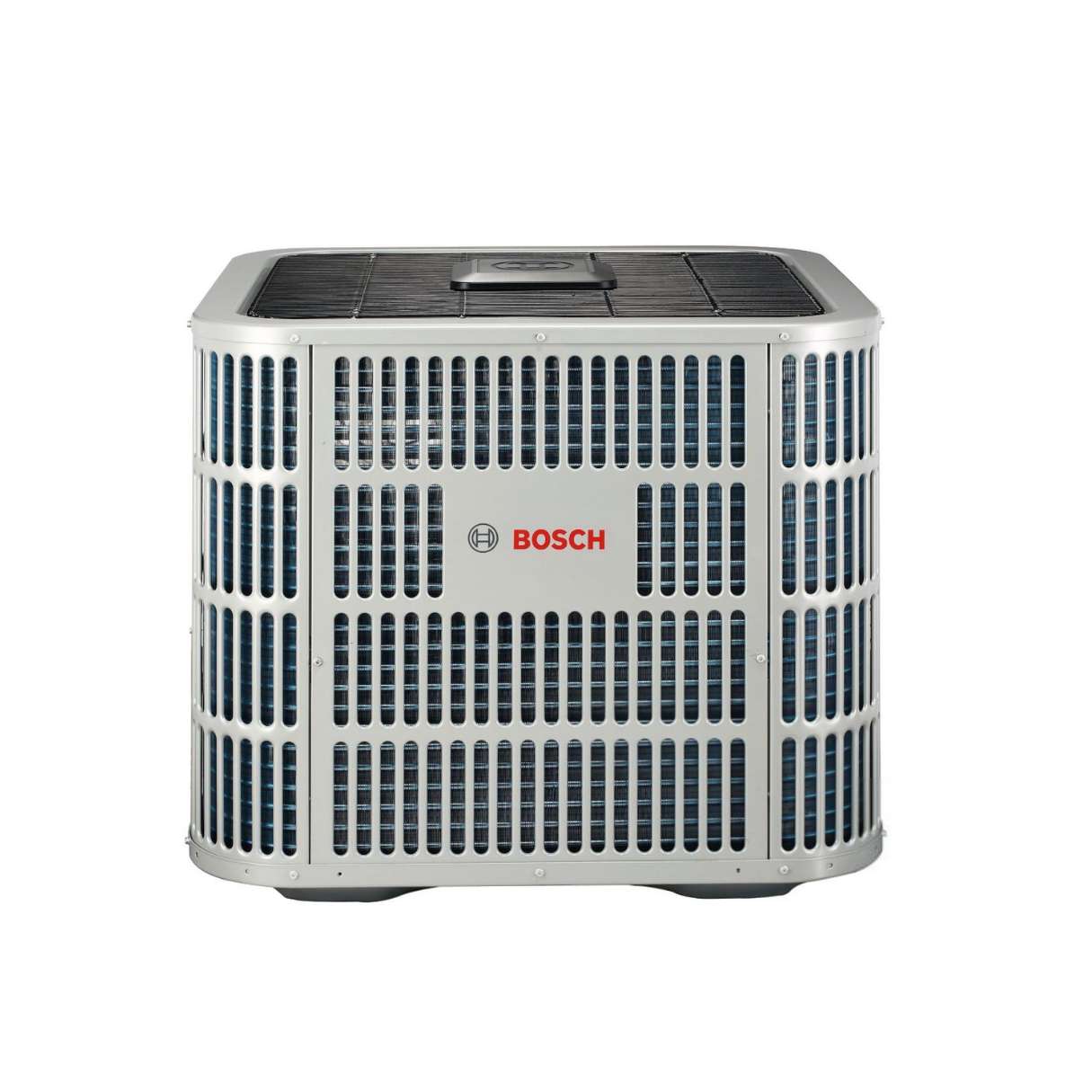
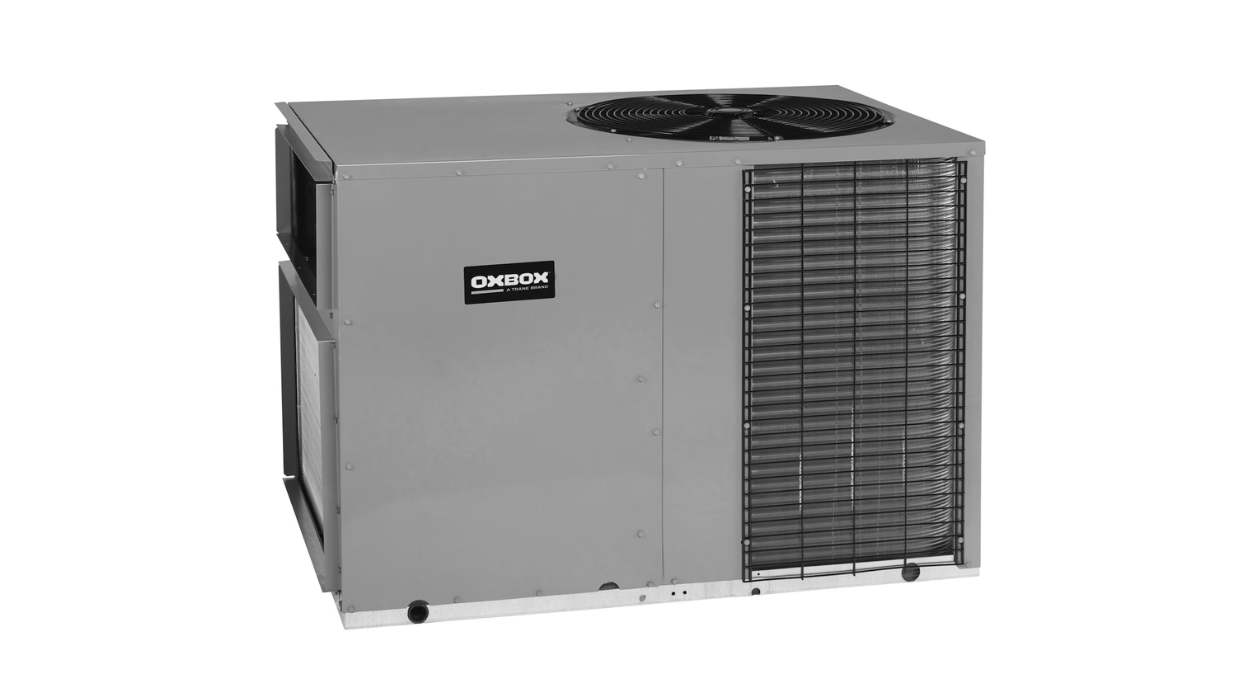
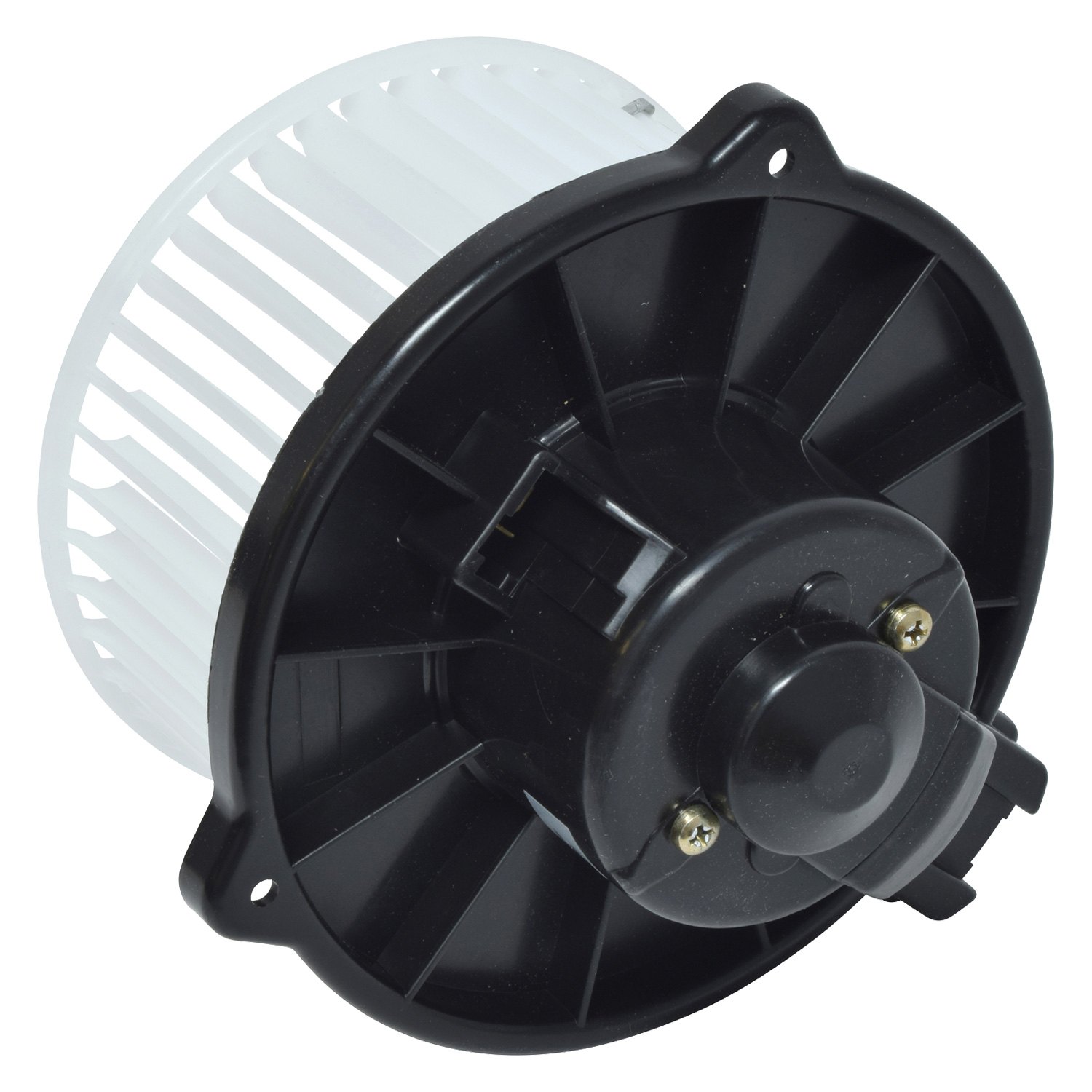


0 thoughts on “Where Is The AC”